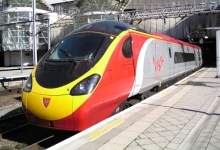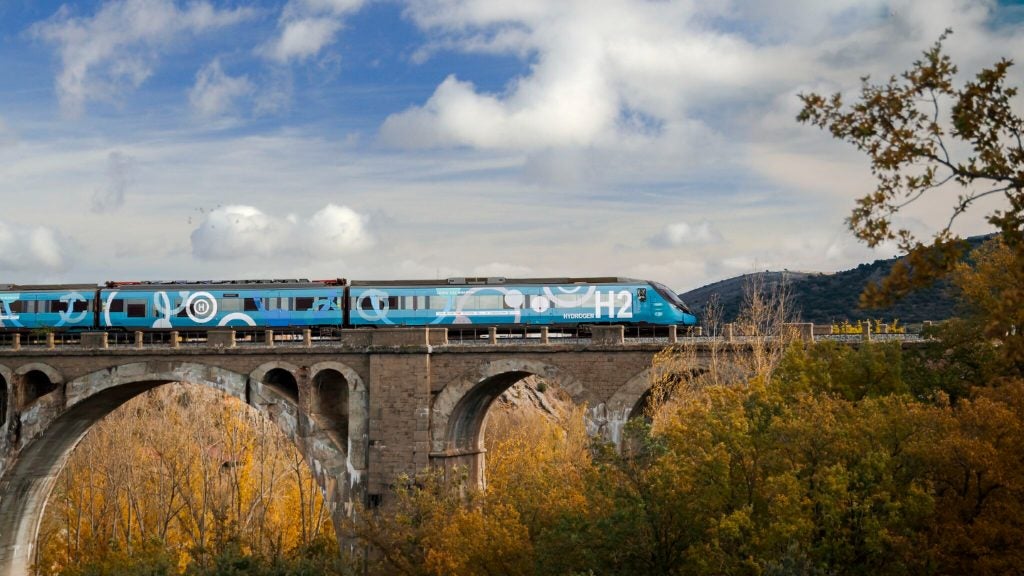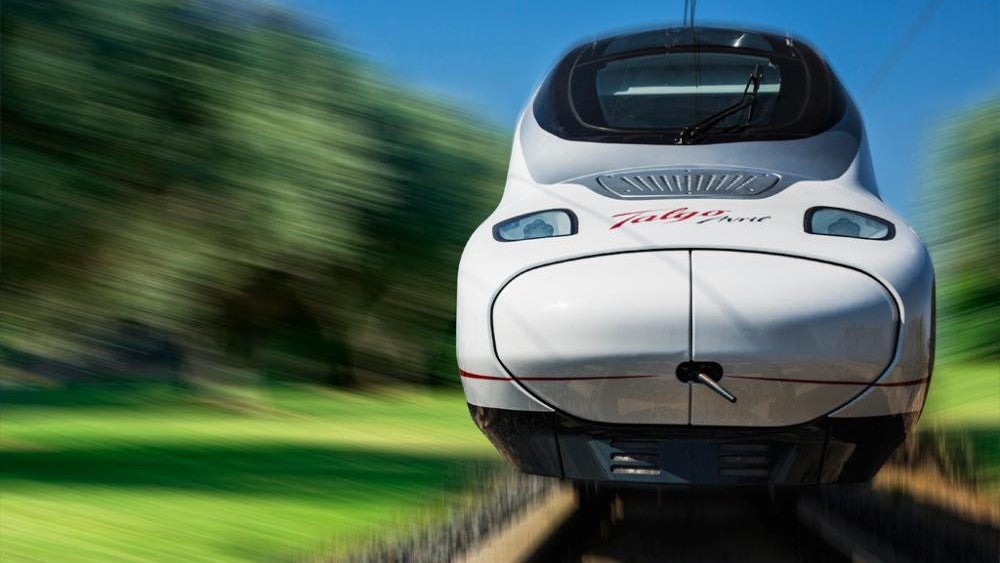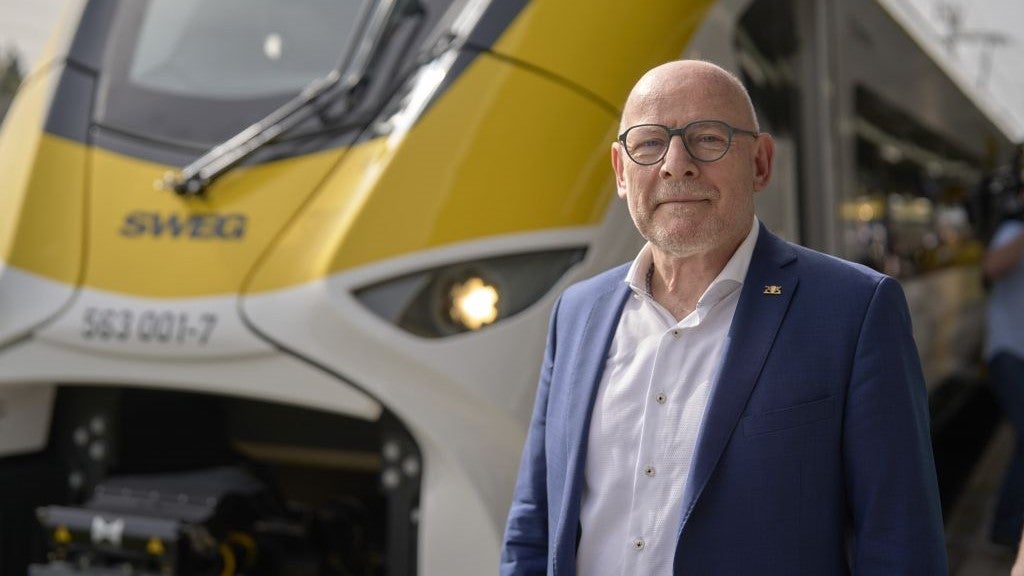

Let’s, for a moment, deconstruct the concept of the average rail network.
On a daily basis, trains travel back and forth via a capillary-like framework of tracks and stations. All the while, departure and arrival times are governed by a predefined schedule, or timetable.
The obvious stipulation of the production plan is that no two trains should occupy the same resource – such as a platform or piece of track – at the same time, so as to preclude the possibility of a collision or undue traffic.
But, as the old aphorism goes, even the best laid plans of mice and men often go awry. Due to the numerous permutations associated with a rail travel, trains can – and often will – deviate from their official timetables.
See Also:
This can lead to a potential conflict in terms of which trains should be prioritised ahead of others, with the need for rescheduling decisions to be made as quickly as possible in order to minimise delays.
How well do you really know your competitors?
Access the most comprehensive Company Profiles on the market, powered by GlobalData. Save hours of research. Gain competitive edge.

Thank you!
Your download email will arrive shortly
Not ready to buy yet? Download a free sample
We are confident about the unique quality of our Company Profiles. However, we want you to make the most beneficial decision for your business, so we offer a free sample that you can download by submitting the below form
By GlobalDataOnly human: The daily challenges faced by rail traffic controllers
And, despite the march of automation in various industrial circles, such decisions remain at the hands of human train traffic controllers – also known as dispatchers – who look after their own sections and regions. Common tasks include re-orientating switches and controlling the signals and status, as well as communicating with drivers.
One of the cornerstones of London Mayor Boris Johnson’s London Infrastructure 2050 plan is a new orbital railway.
Unsurprisingly, dispatchers can face an array of challenges on a daily basis.
"These days, traffic controllers have fixed rules of prioritisation," explained Arnt Gunnar Lium, a senior research scientist at SINTEF – the largest independent research organisation in Scandinavia. "The main principle of which is to prioritise trains that are on time, as well as assessing the overall situation.
"But the decision a traffic controller makes in one place will also affect traffic somewhere else. So the challenge facing these teams of traffic controllers is how to work together effectively, despite the fact that each centre controls its own region, and each controller at a given centre directs traffic on their own section."
New tool: SINTEF and software able to prioritise trains in real-time
Lium is part of a group of SINTEF researchers that has developed new methods and software that can prioritise trains in real-time.
It’s no mean feat. Real-time prioritisation has long posed a complex and challenging hurdle within the realm of train traffic control, in which decisions need to be made with particular haste.
"With two or three trains, that isn’t too difficult, but when the number of trains increases, there can easily be several billion different solutions, since one decision affects many others," explained senior researcher Carlo Mannino.
By dint of revised mathematical optimisation theories, the researchers have been able to create a new method that locates the optimum solution in just a few seconds.
What does it look like? Traffic controllers monitor maps of their respective networks on a large screen, which are denoted by red and black lines, as well as stations. Black indicates a planned train route, while red represents a train that is either late or ahead of schedule.
However, in the case of a deviation from a timetable, the new tool presents dispatchers with an additional blue section, which is a proposed optimum solution for how trains should proceed in real-time.
High hopes: A successful trial in Norway bodes well for dispatchers
The tool, purported to be the first of its kind, has been successfully trialled in a live setting at the Traffic Control Center in Stavanger, western Norway.
Meet the Hyper Speed Vertical Train Hub, an ambitious concept aiming to resolve the dual challenges of space utilisation and connectivity.
Since April, tests have been conducted on sections of track between Stavanger and Sira, which lie roughly 115km away from each other. Speaking from his traffic control centre in Stavanger, dispatcher Øyvind Bernhard-Melin claimed that the tool’s potential is already clear to see.
"On some days there are no changes," he said. "We had eight days in April when every train ran on time. But then we have other days when there are loads of delays. The tool has still not been fully developed, but when it is finished we definitely believe that we will be onto something here."
Consequently, there is well-founded hope that the tool could drive down delay times and improve overall punctuality across rail networks.
"The positive thing about a tool like this is that with relatively cheap research and small investments, it may be possible to reduce the number of cancellations and delays, while making even better use of extremely expensive infrastructure than we do now," added Lium.
The timing of SINTEF’s research certainly feels apt. On the Continent, more and more of us are expected to undertake rail journeys in the near future, as the EU continues its pledge to reduce car-related carbon emissions. The figure, in fact, is already high: European railroads account for 400 billion passenger-kilometres each year.
With testing set to continue in the coming months – all results will be fed back to SINTEF as they look to further foster their technology – rail traffic controllers will, doubtless, await fresh developments with anticipation, hopeful that such tools at their disposal might ease the load.






